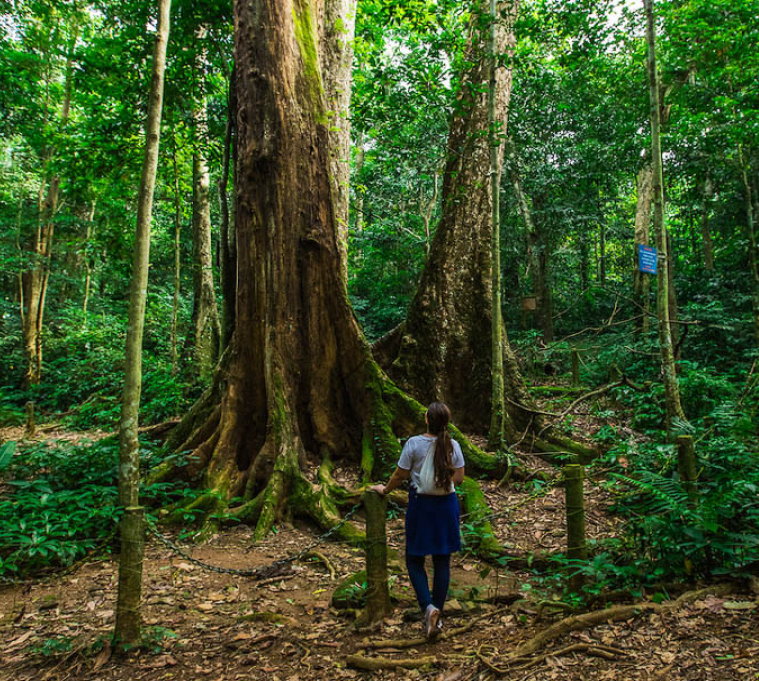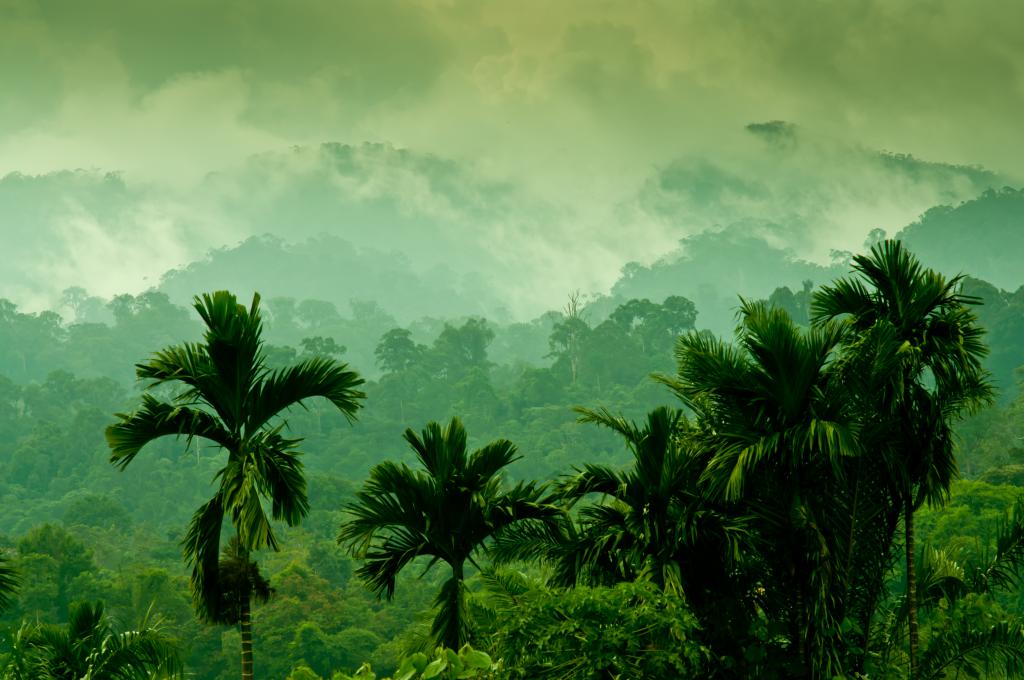
Scientists create ‘first’ map of agroforestry and ecosystem services in Asia-Pacific
A team of scientists have mapped for the first time the research trends in agroforestry and the current state of knowledge in the Asia-Pacific region, as well as the research gaps about the ecosystem services provided by agroforestry, in a new study.
The team, Seongmin Shin, Khaing Thandar Soe, Haeun Lee, Tae Hoon Kim, Seongeun Lee and Mi Sun Park from Seoul National University in the Republic of Korea, found that the number of agroforestry-related articles in the region has been growing fast but is still small compared to all the literature globally on the subject.
India and China were noted as hotspots of research, which is not surprising given the two nations’ supportive policies and institutes of agroforestry.
Approximately 60 percent of all research articles included case studies from India and China as well as Indonesia and Australia.
The researchers found that intercropping systems, especially tree plantation and crop combinations, tree management, habitats for species, biological control, and maintenance of genetic diversity and gene pools were the most prominent subjects in agroforestry research in the region.

The team produced a systematic map that identifies and describes the nature, volume and characteristics of the research in the field of agroforestry and ecosystem services in the Asia-Pacific.
It pictures an existing evidence base on agroforestry and ecosystem services in the region. The map can be useful as a resource to enhance the knowledge of links between agroforestry and ecosystem services.
Khaing Thandar Soe, one of the team, who is now a post-doctoral fellow working with World Agroforestry (ICRAF), says: “Following the international discourses on forest policy, climate change and biodiversity, the scientific discourses on agroforestry in the Asia-Pacific have changed accordingly.
“Tracking the changes in knowledge is important for better understanding and learning lessons. The map we’ve produced will help with designing policies, research, practical implementation and help save resources and time in decision-making by providing systematic evidence and frameworks.
“In particular, the map offers insights into integrating ecosystem services from agroforestry systems into decision-making, which is often a challenge.”
Further, the map notes the gaps where further studies and investments should be focused.
The team notes that a wider range of additional studies is needed for making decisions about agroforestry.
Specifically, identification of methods and approaches are essential for assessing ecosystem services beyond biophysical approaches in order to cover a broader range, including social services.
Agroforestry is an intensive land management system that integrates trees with crop and animal farming.
This provides a diverse range of ecosystem services – such as clean air, microclimates, good quality and quantity of water, and habitats for beneficial organisms – by bridging the gaps between agriculture, forestry and animal husbandry.
Agroforestry is considered an important approach to improve the environmental, economic and social benefits of complex socio-ecological systems in the Asia-Pacific.


